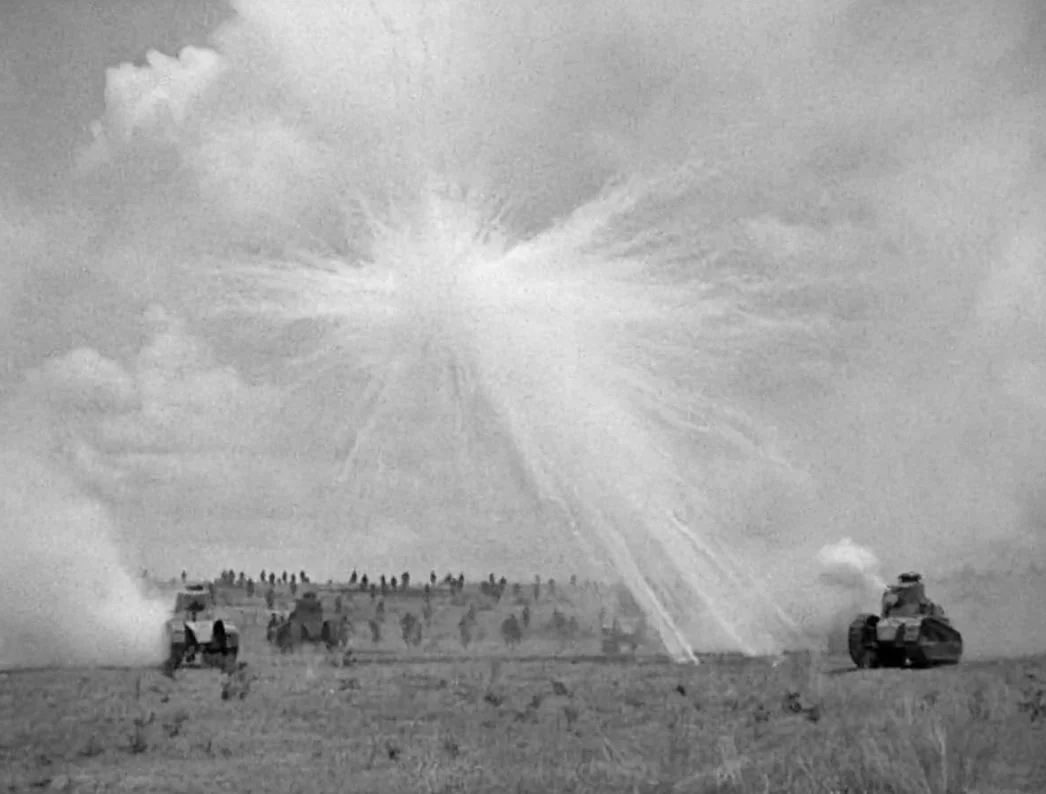Sometimes the past is right there
When my past becomes too vague and distant for memory to grasp it reliably, I feel that the term ‘personal history’ doesn’t really apply. What follows is what I’d call personal archaeology. This is where a whole package of memory is dependent on a thing – some surviving artifact that might be the only proof I’m not making it all up.
Now that I think of it, the thing itself doesn’t have to survive anymore. Just so long as I can vouch for its one-time existence and so long as it anchors memories, it’ll do me.
Here’s where the internet has been a friend. If a bout of decluttering has long-since consigned old toys and books to the bin, there’s still someone somewhere who once read those books and played with those toys and is nostalgic enough to say so online.
Then there are your actual records. The conservators of the Irish Newspaper Archive might be appalled to learn that I chiefly consult their resource for old TV listings, but what are they going to do about it?
Let me clarify. When I was little I’d have sat and watched all the television there was if only they’d let me. The thing is, even if they’d let me, it would only have taken a few hours. This was Ireland in the 1970s. We only had one station and it only broadcast for seven hours or thereabouts. So, if you cut out the current affairs and the farming prices and the Irish language stuff, there was very little left that would make an impression on my very little mind.
But here’s something that did.
On a summer Sunday afternoon when I was no more than six, Teilifís Éireann showed an old war film. Back then TV budgets were such that the state broadcaster could still screen a silent film without it being an arty cinéaste gesture. This was something cheap that they could throw in as variety from all the Shirley Temples and Johnny Weissmuller Tarzans that were the standard Sunday matinée fare that I remember.
Anyway, I didn’t know what this film was called and I’d have been hard pressed to keep up if my father hadn’t been there to read the inter-titles for me.
Years and years later, I deduced that I’d been watching The Big Parade, made in 1925 and starring John Gilbert. Digging through old TV listings gave me the exact Sunday. Why did I trouble with digging? Because here was the film that slapped the First World War right into my unsuspecting face and came perilously close to making me cry.
John Gilbert is a well-to-do chap who enlists to go Over There and fight the Kaiser. He serves with a couple of real swell guys and flirts with a cutie-pie mademoiselle. Then the action kicks off and [SPOILER] his buddies get killed. He makes it home with one of his legs missing and his fiancée ditches him for some Yalie who’d served as an officer and still has both his legs. The film ends with our one-legged boy returning to France and the mademoiselle who was waiting for him, so that’s OK, but I don’t remember any consoling ending when I was six. No, all I saw was him losing his leg. Outside of peg-leg cartoon pirates I’d never had to consider amputation before. The sheer bloody unfairness of it, as much as the horror of the mutilation, was what got to me.
His friends get killed and his girl ditches him and he only has one leg!
This was what oppressed me that afternoon. I don’t believe I said anything to my parents, who I think worried why I was unaccountably moping and had no appetite for cake. I just couldn’t articulate how sad it all was or else I couldn’t admit that I could be upset to any depth by just a film.
Unearthing The Big Parade forty years later, I could clearly see that in the last scenes Gilbert has his leg bent and strapped up behind him, so that’s alright. I also knew that in real life he’d had quite the fling with Greta Garbo, so he hardly needed my pity.
His parents find his return awkward and his amputation untidy. The sheer bloody unfairness. Source: The Big Parade (1925)
But what I had been digging for was still here, just as I remembered it. The war was here. The column of men, singing, stretching all down the long road (‘Is that the whole army?’ I asked my father, stunned at the hundreds of soldiers); the 1914-model Hotchkiss machine-gun they mount when attacked by a German plane; the battery of 75s, firing forwards and recoiling back, over and over. Clearly there was no shortage of wartime hardware still lying around in 1925. So what if the role of northern France is being played by southern California? They’re re-fighting the war for you right there on the screen.
Forty years and I could still remember those scenes, and remember that afternoon. Forty years in which I could recall the tune of ‘You’re in The Army Now’ but not the words, because the tune formed part of the score but the words had to be censored in the inter-titles.
That was the afternoon of 12th June 1977. It was my introduction to the First World War.
The fellas march off singing. They get killed. They get maimed. Their girls give them the elbow.
I imagine I can still taste my mother’s sponge cake, and the way it is when you can’t enjoy it properly because you’re on the verge of tears.
The Renault FT makes to Hollywood! The budget is all up on the screen. Source: The Big Parade (1925)


